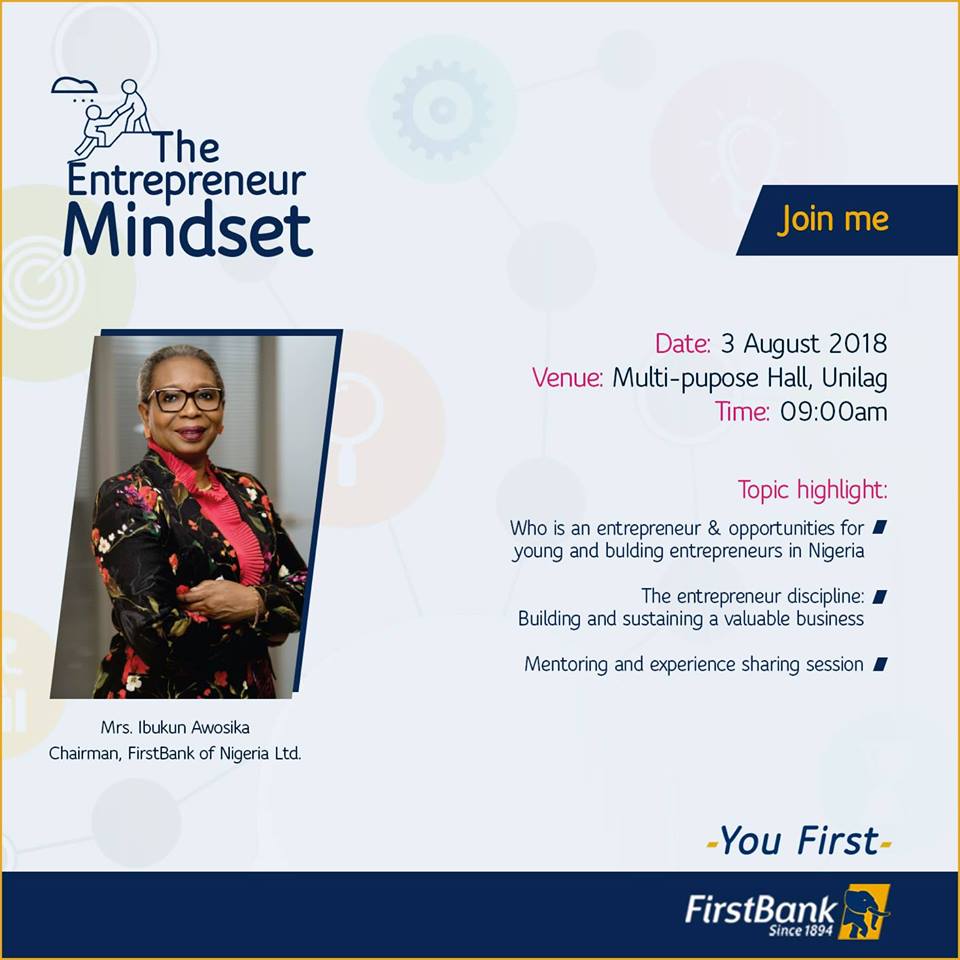Employee development is the process of giving employees new skills and abilities so they can help the company reach its goals. In this article, we’ll define an employee development plan. Then, look at a number of other aspects of it, such as its benefits for the business and various strategies and tactics for employee development.
Employee Development
The development of talents within a company, driven by the employer, is known as employee development. By advancing their skill sets and topic knowledge, learners can be propelled into a new role or department with the help of their supervisors and learning and development teams.
Employee training and development can occur at any point in a learner’s career path, but it should be a continuous process that L&D can monitor and adjust to make sure that learning initiatives are meeting the needs of the business.
The Importance of Employee Development
Too often, businesses ignore (or don’t even think about) how staff development can help their bottom line. In light of this, why should you concentrate on employee development initiatives? Below is a breakdown:
- Upskilling: Promoting self-development within your teams enables employees to acquire expertise in their existing roles and focus on their strong points. Your business can miss the chance to expand if you don’t give your teams a chance to develop their talents.
- Developing new skills: Career development is a crucial component of employee growth. You can decide to encourage this as your teams look to the future and reap the rewards of their success, or you can choose not to. However, since encouraging employee growth will directly affect the success of your company, why would you want to miss out on all of the knowledge that your employees have?
- Retention: How staff development plans affect loyalty and retention is, in my opinion, their most crucial component. Nobody likes a career that leads nowhere, and your staff won’t want to work for you if they can’t grow personally.
- Recruiting top talent: Job seekers are turning away from benefits like pool tables and bean bags as signs of a “good” business culture in favor of something more challenging and long-term.
Benefits of Employee Development
There are several reasons why a well-planned employee development plan is crucial. And when properly carried out, it can bring about a number of advantages for all parties involved, including staff members, HR managers, and the larger corporation.
These include, among others:
#1. Improvement of Performance
Businesses must keep outperforming the competition if they want to be competitive in their industry. The firm may be able to achieve and even surpass performance goals with the aid of employee development.
#2. Improved Response to Unforeseeable Circumstances
There is ongoing change everywhere in the business world nowadays. In addition, if it is managed well, this transformation not only presents difficulties for the workforce but also presents new opportunities.
#3. Enhancing Employee Loyalty and Recruiting New Hires Are Both Facilitated by Learning the Culture Within an Organization
HR professionals can speak to the fact that it’s crucial for potential employees to want to apply for those positions as well. It’s not enough to simply publish job openings. Companies won’t be able to remain competitive if the latter is lacking because they won’t be able to recruit the best and the brightest.
#4. Retaining Staff Allows for Cost Savings
The personnel must be able to perform the necessary tasks to “keep the ship afloat,” so it is crucial to invest in internal employee skill development programs. In the long run, though, investing in staff development can also save a lot of money.
#5. Encourage the Emergence of Future Leaders Among Your Workforce
If an organization wants to grow, last, and do well, it needs to train up a steady stream of potential leaders.
Regrettably, even while they can help, attending Ivy League schools or participating in leadership workshops on the weekends rarely results in the development of true leadership abilities.
#6. Enhanced Employee Motivation and Engagement Can Be Achieved With Quality Training
Success depends on having a workforce that is completely engaged and devoted to the company at every level. Some of the things that keep employees engaged and motivated to help the company reach its goals are a good work environment, appreciation and recognition of employees, regular communication, and good training.
#7. Because of This, the Business Is Able to Grow, Innovate, and Compete More Fiercely in Its Specialized Market.
Companies must be nimble, adaptable, and accommodating to the needs of their clients and business partners if they want to be true market leaders in their specific fields. a skilled, evenly distributed workforce that can compete and innovate
Employee Development Plan
Before making an employee development plan, you should always carefully look at your long-term goals and the company’s goals. Similar to everything else in L&D, you may forget about the actual impact if you can’t match the assignment with the business need.
When you go to design an employee development plan, be sure to customize your training courses to meet your individual workforce, and don’t be afraid to adjust it over time as their needs vary.
In order to be effective, every employee development plan should incorporate a variety of the following:
#1. Self-Study:
Give your staff members time during the work week to advance themselves in the areas they are most passionate about, whether they are trying to improve their hard skills (like digital literacy) or their soft skills (like certification in SEO marketing).
#2. Training:
It would be best if you gave your staff more training opportunities as they move up in their careers and the training they get when they first start. This will provide them the chance to reskill and upskill as needed. You will notice the influence this has on your company in addition to the benefits it provides them.
#3. Mentoring:
Every student at a given school had that one instructor they looked up to and who provided them with sound guidance. Once we go into a workplace, this doesn’t need to change. Mentoring programs may be the key to helping many students do well in school. It is essential for the growth of leadership as well.
#4. Job/task Rotations:
Do you have any employees who look uncertain about the future? To get them thinking about what matters most to them in a profession, giving them the chance to try out various sections of the company is a terrific idea (and you may just find their passion).
#5. Coaching:
Similar to mentorship, having subject matter experts (SMEs) guide your teams to success may be the help they require to achieve their objectives.
#6. Conferences and workshops:
Gaining knowledge from others is crucial, and when else can you speak with industry experts one-on-one? For all facets of your business, conferences, seminars, and workshops are wonderful resources since they provide you the chance to hear from and engage with speakers as well as have more in-depth discussions about concepts with colleagues.
#7. Simulations:
Using VR, AR, or even role-playing simulations may prepare your teams for the real world by allowing them to practice acting out their roles without worrying about making a mistake.
#8. Career Planning:
Plans for career development help your team members feel encouraged to pursue their objectives and see a future for themselves inside your organization.
Employee Development Programmes
Programs aimed at assisting firms in achieving this objective include employee development initiatives. In order to assist employees in succeeding in their current roles or to get them ready for future positions they might hold within a firm, they develop their skills and abilities.
It would be much more advantageous for both the organization and the employees to have a well-planned employee development program. These programs do require some investment (in terms of time, money, and effort), but they are ones that will undoubtedly pay off in the long run. Here are some benefits of using the best employee development program:
#1. Better Performance From Employees
It goes without saying that you choose the individuals who work for you because they have the skills necessary to do their duties competently, but that does not mean that there isn’t room for development.
#2. Improved Workplace Satisfaction & Morale
If they feel prepared to perform effectively at work, employees are more likely to be content. Employee development programs give workers the skills they need to not only do well in their current jobs but also, in some cases, set themselves up for future promotions within the company.
#3. Retention of Employees
This point is strongly related to the last one because it seems that happy employees don’t quit.
What Are the Four 4 Approaches to Employee Development?
There are many ways to help employees grow, but they can be put into four main categories: formal education, evaluation, work experiences, and interactions with other people.
How Do You Encourage Employee Development?
As a manager, you can encourage staff growth in a number of ways, including:
#1. Provide Chances for Ongoing Professional Growth
Each member of your team deserves the chance to advance their career while working under your direction.
#2. Produce Customized Development Plans
It’s important for successful staff development to spend time getting to know each team member and their unique learning preferences.
#3. Encourage Your Group to Work on Soft Skills
Even though soft skills are frequently undervalued, having them on the job is crucial. The ability to manage time, network, think creatively, work in a team, and resolve conflicts are examples of soft talents.
#4. Eliminate Obstacles
If your management style puts up hurdles that impede progress, successful development cannot take place. To get rid of any potential obstacles, it seems logical to assess outmoded procedures and rigid structures.
#5. Keep in Constant Contact With Your Group.
Success in any organization depends on effective communication. To make sure you’re doing everything you can to improve employee growth within the organization, you could find it beneficial to regularly communicate with your team members.
#6. Consistently Provide Criticism
Knowing if they are doing a good job in their role is advantageous for any employee. To ensure that your team feels valued for their work, provide regular, constructive feedback.
#7. Promote an Approach That Emphasizes Growth
You can add learning opportunities to regular work procedures because that will encourage team members to always try to get better. There are several methods to put this kind of system into practice.
#8. Set Forth Definite Goals
Your employees may not advance in their responsibilities no matter how much effort you put into enhancing employee development if they have no desire to develop their talents.
#9. Set an Example for Your Workers.
They might not be motivated to pursue their own growth if you continually encourage your staff to grow and improve while making no effort to retrain yourself or build your own skill set.
#. 10. Request Expert Assistance
Enhancing employee development can be challenging, especially if your employer is averse to change.
What Are the Challenges of Employee Development?
The following are challenges of employment development:
- A surplus of information.
- Employee Resistance.
- Poor training techniques.
- Daily versus recurring tasks.
- Poor Involvement of the Workforce.
- Roadblocks involving employees.
- A lackluster support system and feedback.
Conclusion
Creating a strong staff development plan should not be undervalued because it is a key part of your overall learning and development plan. Employee engagement and performance will go up, and you’ll attract new workers and keep the ones you already have happy. Your company benefits when that takes place.
Related Articles
- 6 Elements for Effective Business Leadership
- Staff Development: Meaning, Solutions, Ideas & Academy
- PRODUCT DEVELOPMENT STRATEGY: How to Create a Product Development Strategy
- PERSONAL DEVELOPMENT GOALS: Definition, Examples and How to Set it Up






